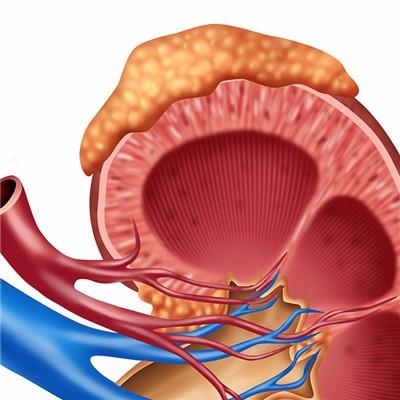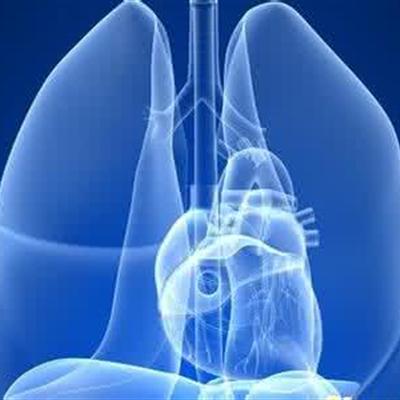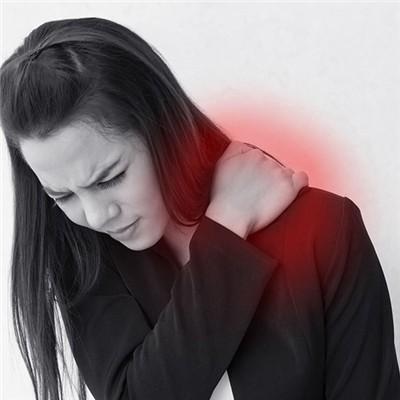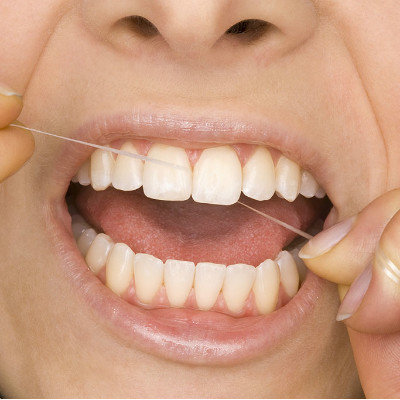Congenital multiple joint contracture in children?
summary
Congenital multiple joint contracture is a syndrome characterized by stiffness of multiple joints in the whole body caused by fibrosis of muscle, joint capsule and ligament. The clinical manifestations of this disease are complex. This disease is due to the loss of fetal limb movement in the uterus. It has been proved that many factors, such as injection of certain drugs during pregnancy and virus infection, can make fetal limbs lose motor function and suffer from this disease. Congenital multiple joint contracture in children? Let's talk about it
Congenital multiple joint contracture in children?
The former is a typical joint contracture. After the baby is born, symmetrical stiffness of the limbs can be found, which can be found in flexion position or extension position, with the last few degrees of flexion or extension retained. The muscles of the affected limbs were atrophied obviously and there were columnar changes in the knee and elbow joints. The normal skin texture disappeared, the skin was bright and tense, and the patient had a puppet like appearance.

If the joint contracture is in flexion position, its skin and subcutaneous tissue may form webbed deformity. The skin sensation was normal, and the deep tendon reflex was weakened or disappeared. All limbs are involved. When the lower limbs are involved, the foot is often plantar flexion varus deformity, knee flexion or extension, hip flexion external rotation, abduction, or hip flexion adduction contracture with dislocation. C-shaped scoliosis may occur in late stage. Upper limb deformities include shoulder joint rotation, elbow joint flexion or extension, radial head dislocation, forearm pronation and wrist joint flexion contracture, thumb adduction and flexion close to palm with proximal interphalangeal joint flexion contracture.
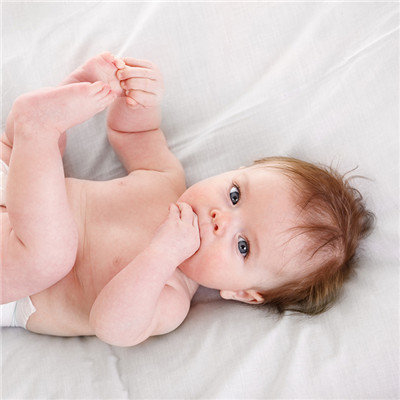
In the distal limb contracture type, only hands and feet were involved. The thumb flexion and adduction were transverse to the palm, and the other four fingers were clenched and overlapped. Foot deformity, plantar flexion and varus are common, but also heel valgus, foot deformity, and toe flexion contracture.

matters needing attention
Early release of soft tissue, incision or resection of some joint capsule, ligament and contracture muscle that hinder joint movement, so that the affected joint can obtain a certain range of motor function. Because the soft tissue of contracture is hard and tough, physical therapy such as passive traction and manual massage is not only ineffective, but also can cause articular cartilage necrosis due to increased pressure.
